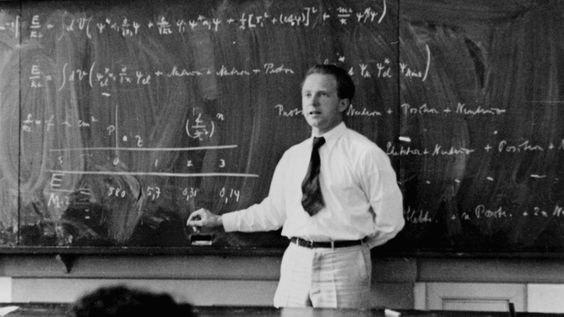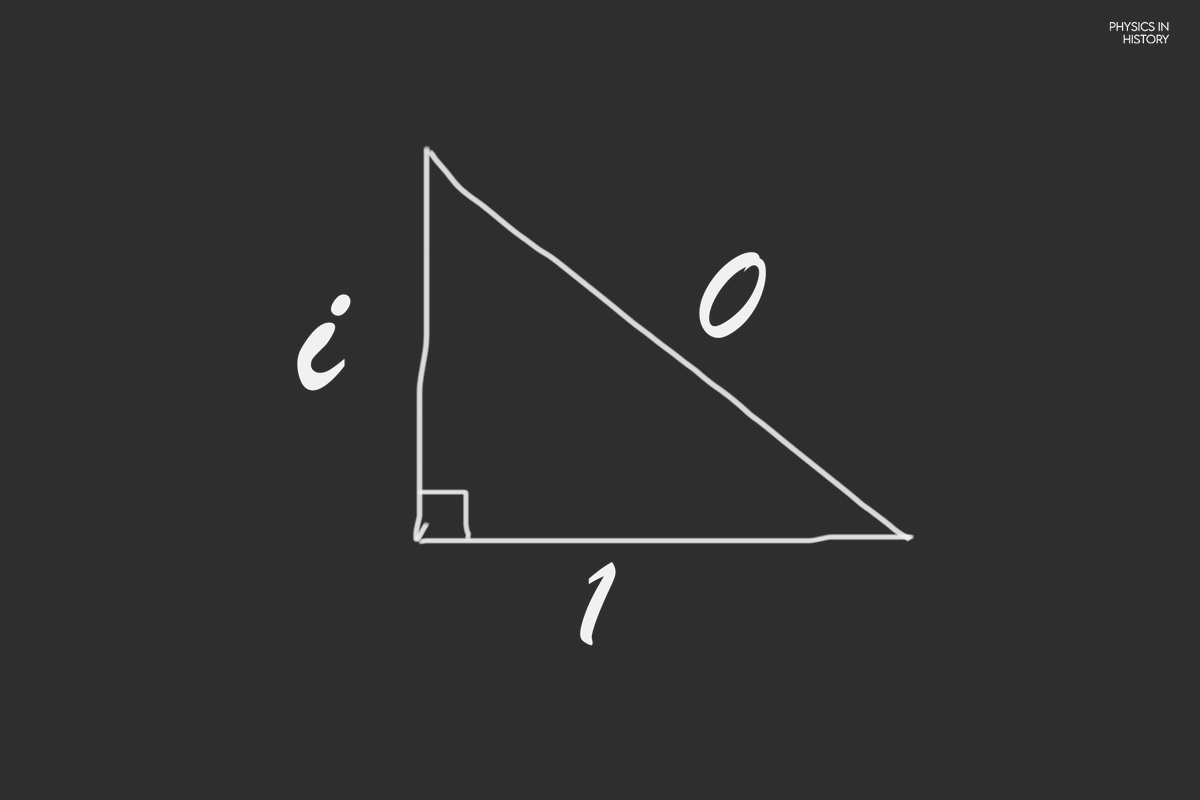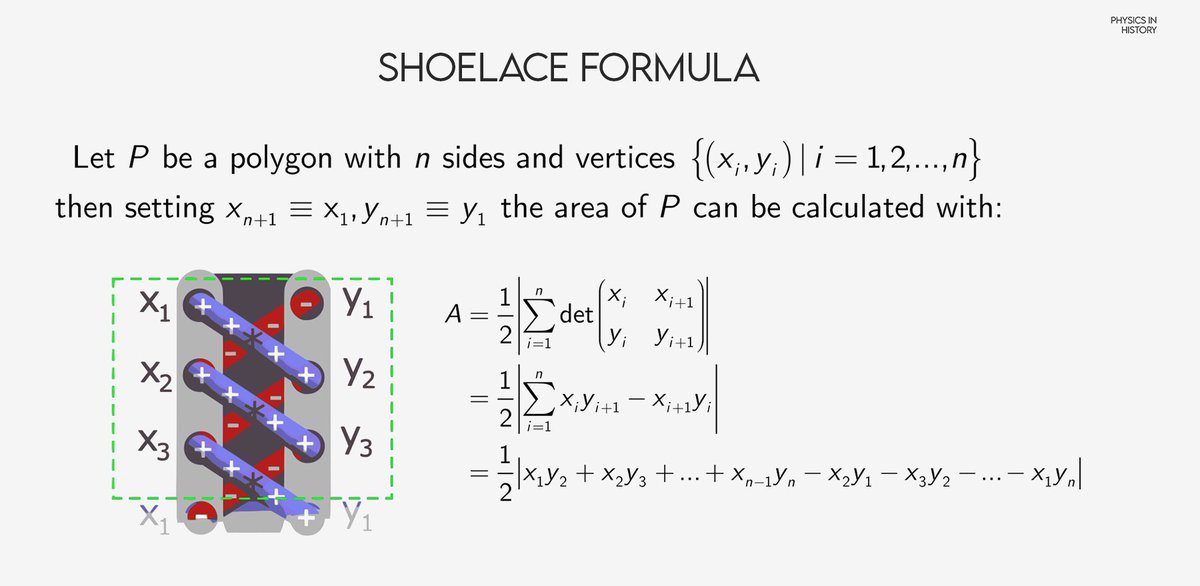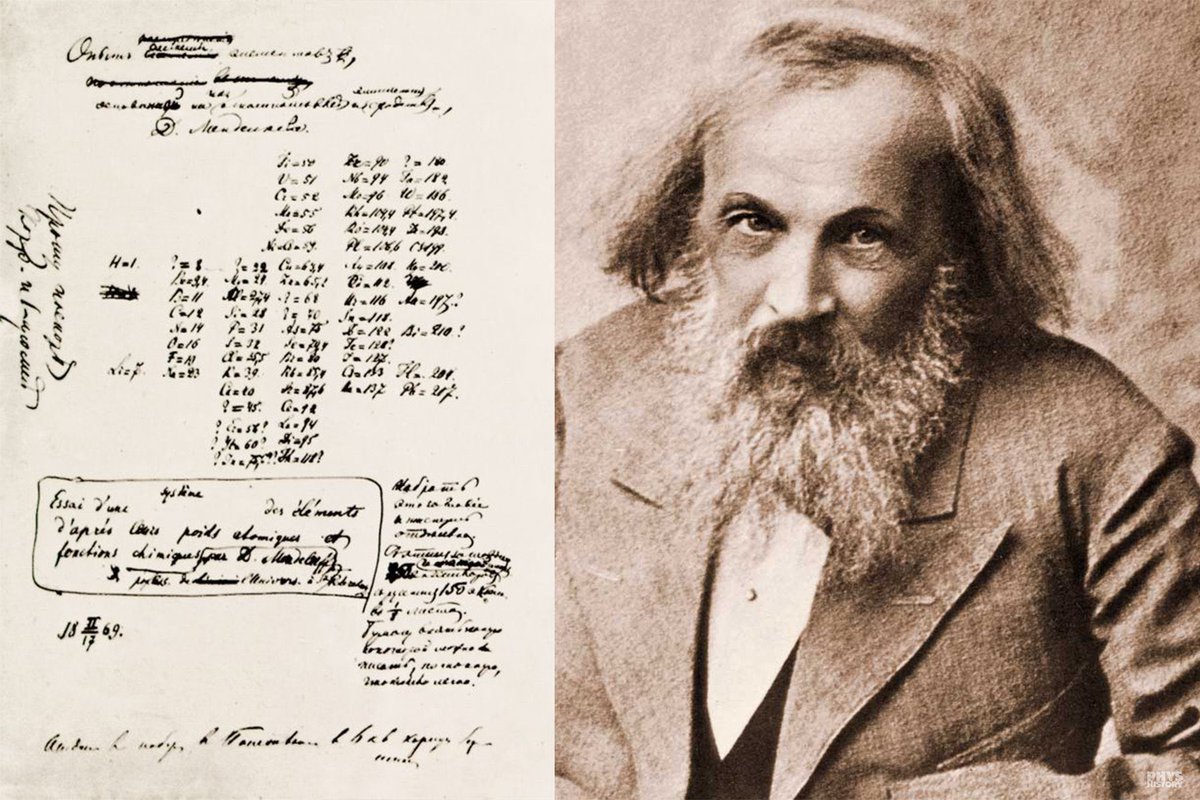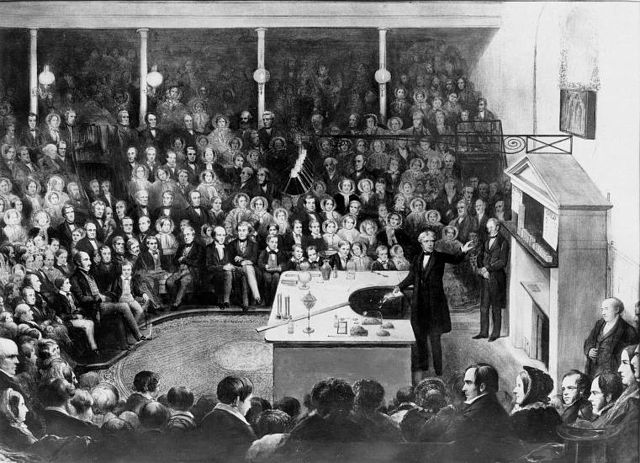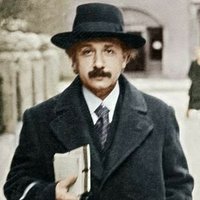
Physics In History
@PhysInHistory
Photos from the history of physics | © with mentioned Archives. Shared for educational purposes. Einstein portrait © Ullsteinbild. Subscribe for curated papers.
ID:1288841746898534401
https://physicshistory.gumroad.com/ 30-07-2020 14:20:03
5,2K Tweets
576,2K Followers
0 Following





















